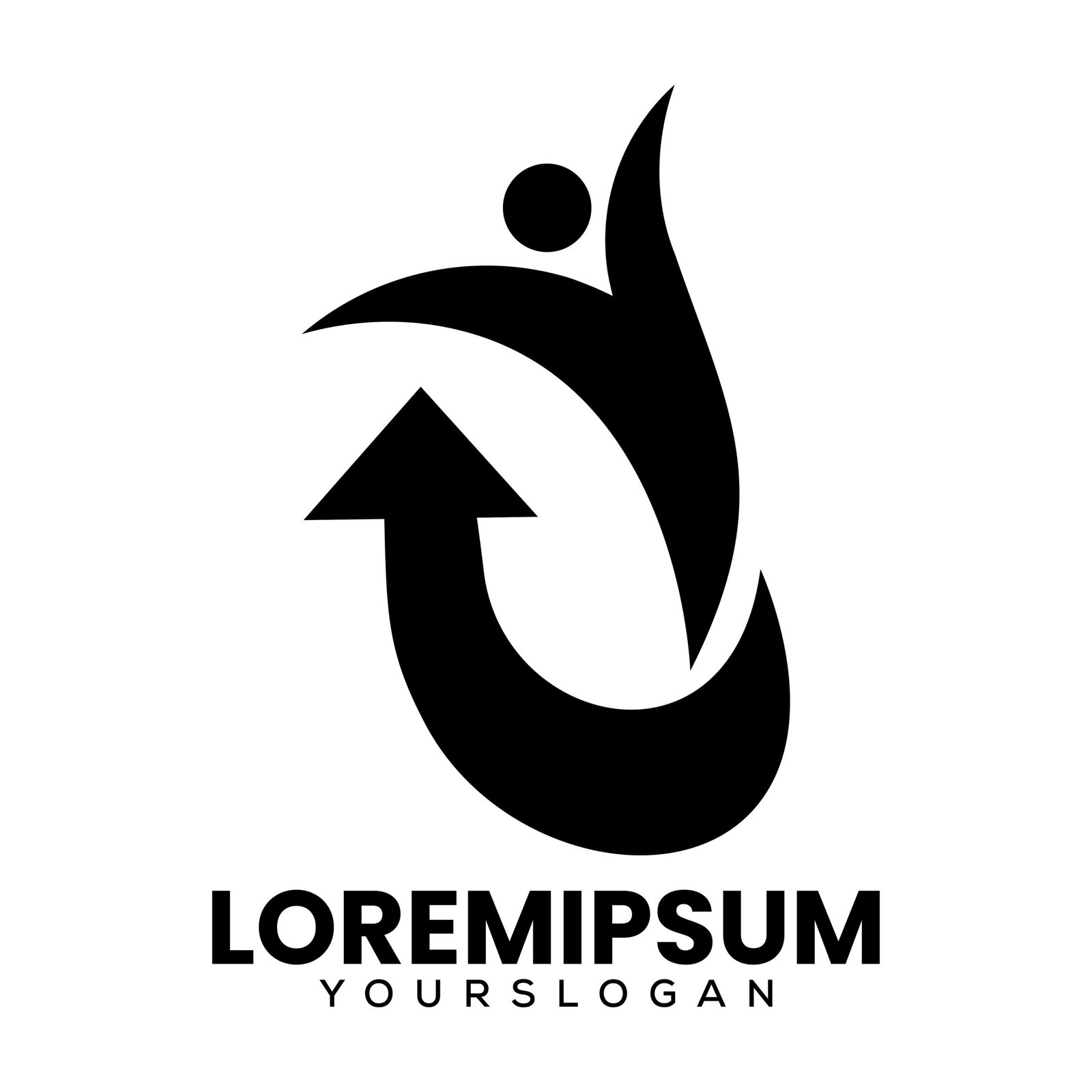Simple Logo Designs That Make an Impact

Simple logo designs can often be the most impactful, conveying brand identity with clarity and focus. By using minimalistic elements and avoiding complex details, a simple logo ensures your brand is memorable, adaptable, and effective across various platforms. This guide delves into the essentials of designing a powerful, simple logo, exploring key elements like typography, color selection, negative space, and the psychology behind minimalist design. Learn how to create a logo that not only catches the eye but also leaves a lasting impression, reinforcing your brand’s values with elegance and simplicity.
Why Simplicity Works in Logo Design
- Less is More: How reducing complexity in a logo enhances memorability and recognition.
- Conveying Brand Values Clearly: Using minimal elements to communicate your brand’s core message without unnecessary details.
The Principles of Minimalist Logo Design
- Focus on Key Elements: Prioritizing what matters most to convey a clear message through typography, color, and form.
- Reducing Visual Clutter: Stripping down to essential elements to prevent distraction and create a polished look.
Typography for Simple Impact
- Choosing a Standout Font: Selecting typography that speaks to your brand’s personality, without relying on heavy ornamentation.
- Balancing Aesthetics and Functionality: Making sure the typeface is legible and versatile across different platforms.
Using Color for Emotional Connection
- The Power of a Limited Palette: A single color or minimal palette can create a strong emotional connection and enhance recognition.
- Color Psychology in Minimalism: Understanding how simple color choices like black, white, and one accent color can convey sophistication, trust, or energy.
Harnessing Negative Space
- Adding Depth Through Simplicity: Using negative space creatively to add layers of meaning without adding complexity.
- Memorable Examples of Negative Space: Reviewing famous logos that effectively use negative space to represent the brand creatively.
Creating Versatile and Scalable Logos
- Ensuring Flexibility Across Formats: Why simplicity helps logos adapt seamlessly from small icons to large displays.
- Digital and Print Consistency: Tips for ensuring the logo retains its impact on both digital screens and printed materials.
Psychology of Minimalism
- Eliciting Trust and Professionalism: How simplicity in design can make brands feel more reliable and approachable.
- Reducing Cognitive Load: Helping your audience process your logo instantly by focusing on a clean, straightforward design.
Balancing Uniqueness and Simplicity
- Avoiding Generic Designs: Tips for making a simple logo that’s still unique and distinct within your industry.
- Adding Subtle Details for Memorability: How slight customizations can make a minimal logo stand out while staying true to simplicity.
Testing Your Logo for Maximum Impact
- Audience Feedback on Simplicity: How to test your logo design with your target audience to ensure it resonates and is easy to remember.
- Making Adjustments Based on Clarity and Recall: Simple logos should pass the “instant recognition” test; refining based on this feedback can enhance effectiveness.
Timeless Appeal of Simple Logos
- Long-Lasting Relevance: How simplicity contributes to creating a logo that can endure trends and remain effective for years.
- Minimalism in Iconic Brands: Studying how iconic brands have used simplicity to create enduring logos that are still recognizable today.














